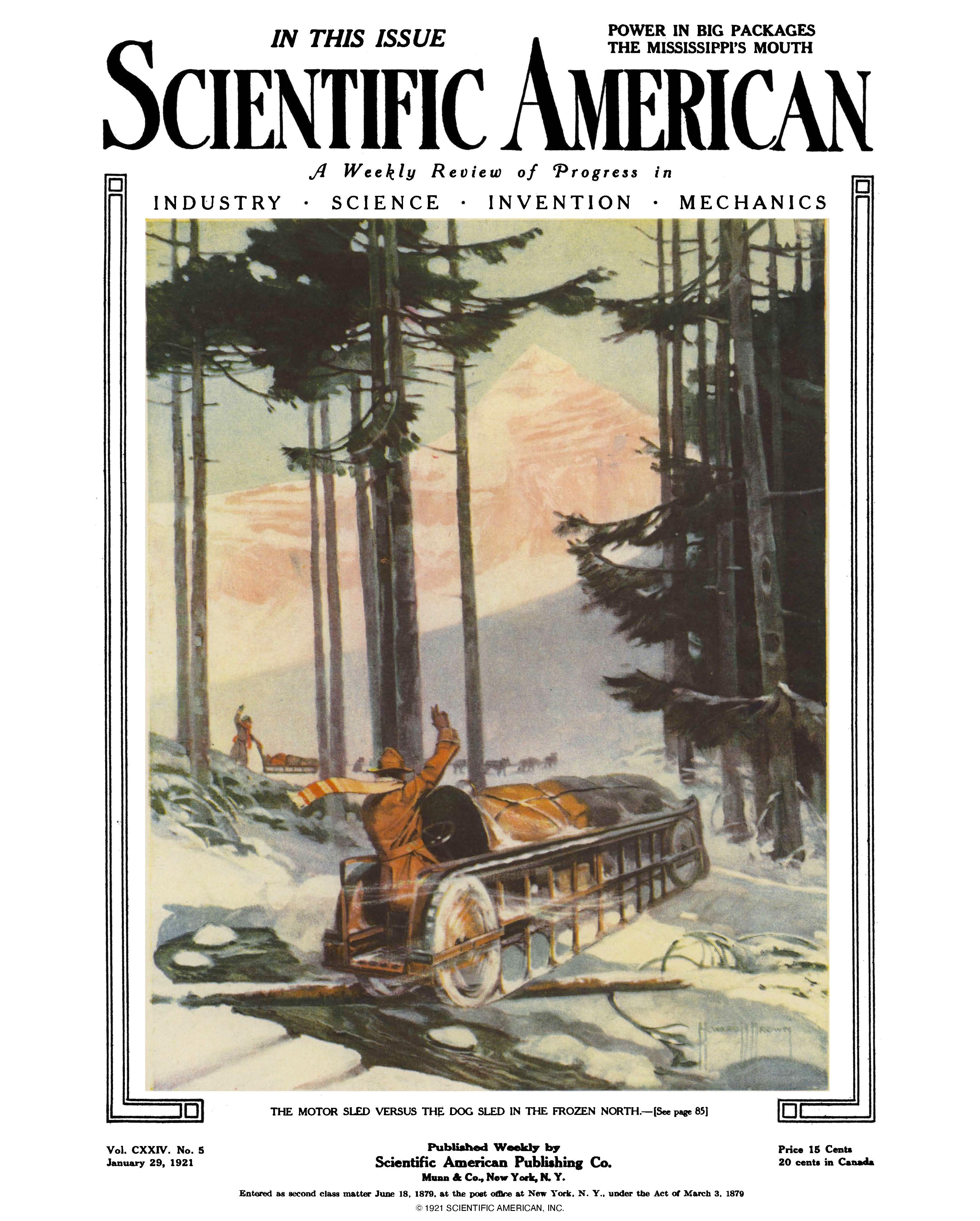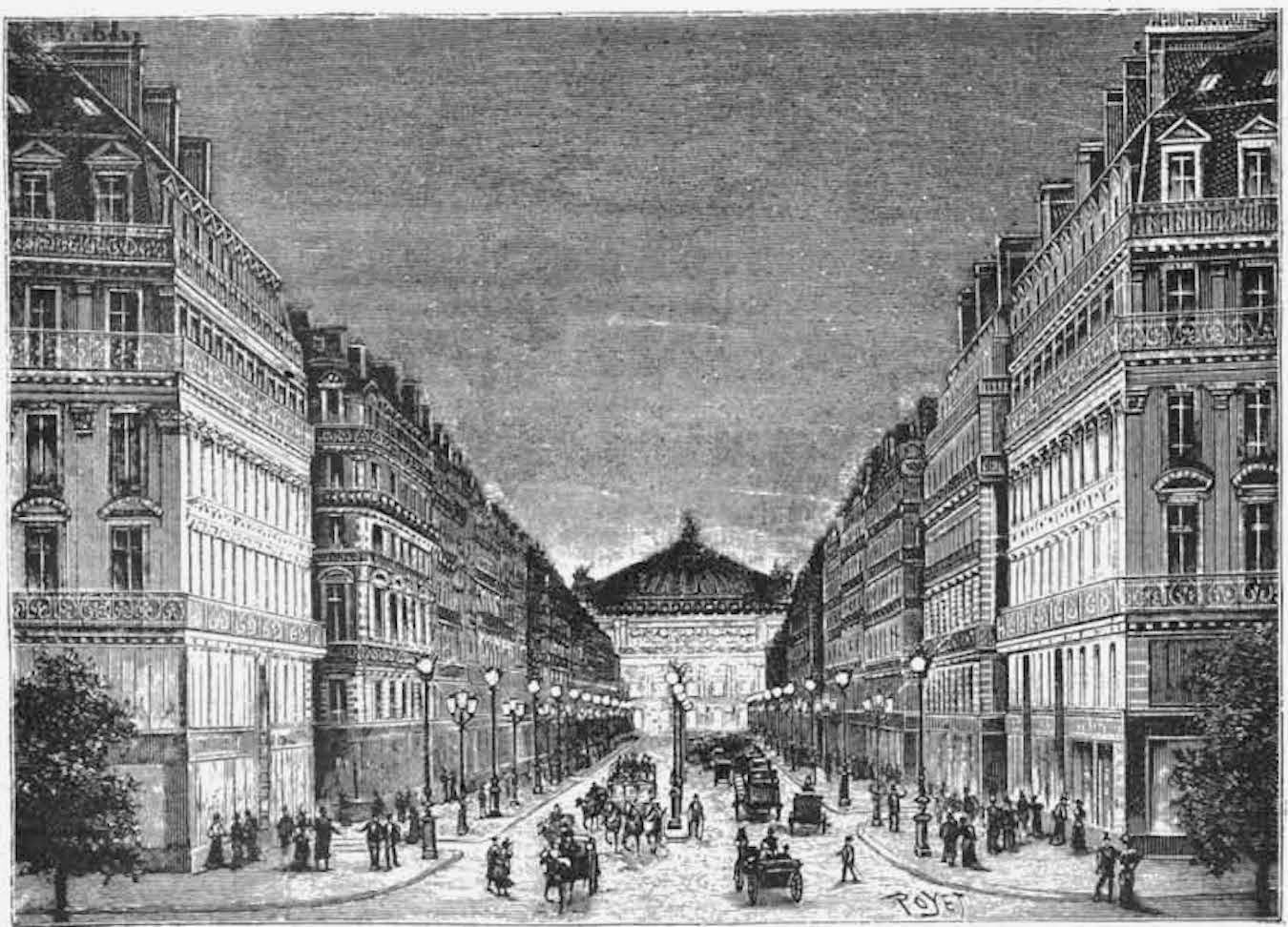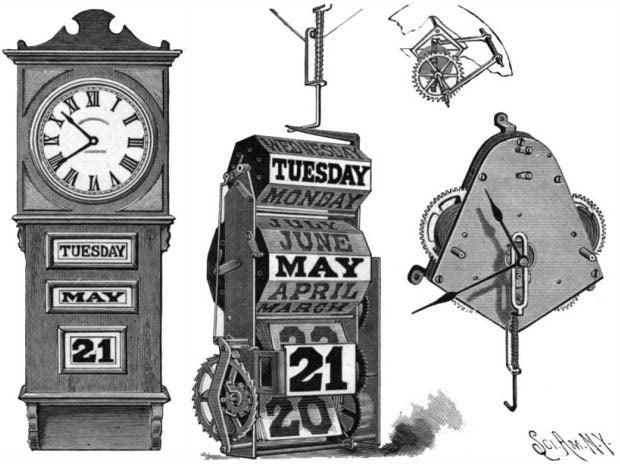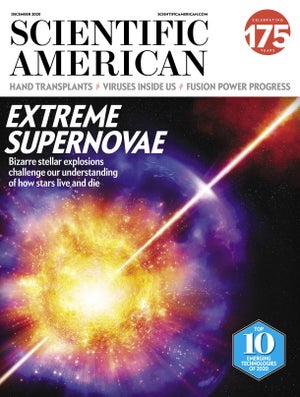| The citizens of Vermont, Maine and New Hampshire well know that the snow season is upon us (for those of you in Hawaii, this is just all theoretical; for those of you in Australia, I hope your dry, hot season isn’t as bad as last year). So, let’s look at some snowy subjects. And if the sun goes down early, and you turn on your lights, give a thought to the electricity powering your home—it’s got an interesting history. And lastly, the solstice marks the shortest day of the year, so mark it on your...calendar...and yes, calendars also have a nice science and technology tale.
And for our 175th anniversary year, more gems from Scientific American’s history can be found at Artifacts from the Archive.
|












Comments
Post a Comment